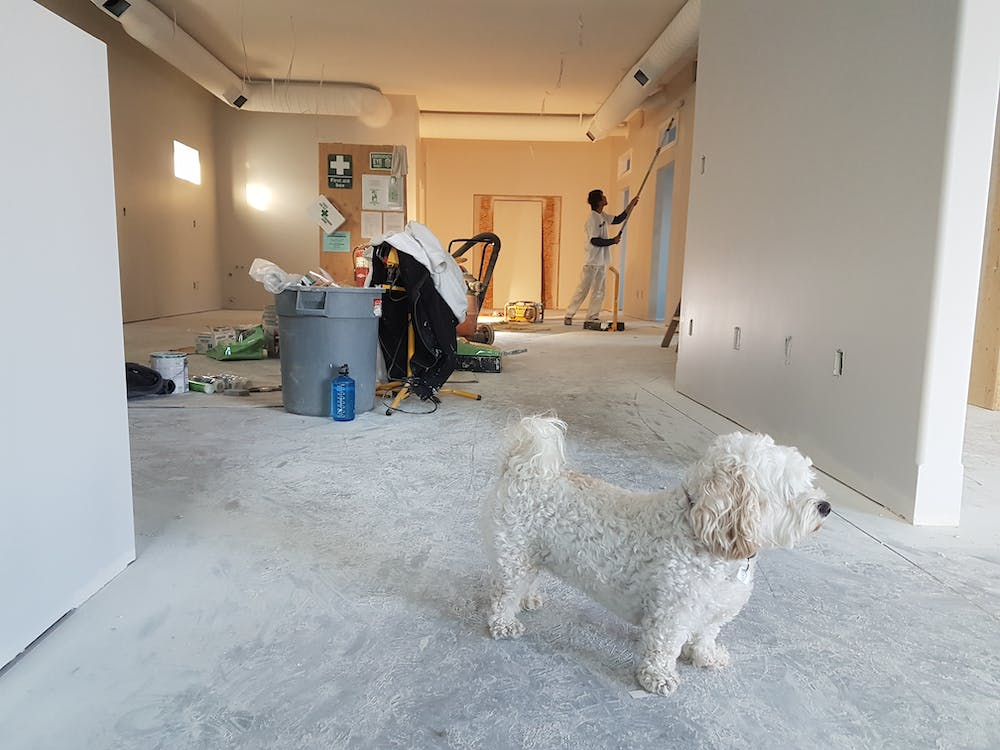
Embracing the desire for a cozier living room, a modernized kitchen, or an energy-efficient heating system is a common sentiment among homeowners worldwide. The charm of home renovations goes beyond aesthetic enhancements to incorporate the tangible benefit of property value appreciation.
However, the financial commitments associated with such modifications can often seem daunting. Globally, in 2021, homeowners poured an astounding $798.1 billion into the home improvement market. Facing such a substantial amount, you might naturally ask, “How can I possibly fund my home renovation?”
Take solace in the fact that you’re not the only individual grappling with this dilemma. This guide is crafted to simplify the complexities of financing a home overhaul by presenting a comprehensive analysis of diverse monetary options for your home renovation project.
Key Factors to Evaluate Before Launching a Home Renovation Endeavor
Before you take the plunge, it’s important to understand the cost implications of your desired renovation. Obtaining quotations from various contractors can provide an accurate estimate of the costs involved. After understanding the costs, you’ll need to plan your budget. Remember to allow a buffer for unforeseen expenses that might pop up during the renovation process.
The next step involves assessing the prospective return on investment (ROI). A top-of-the-line kitchen may be delightful to use, but will it significantly elevate your property’s worth? Comprehending this can assist in determining whether the project justifies the financial investment.
Different Ways to Finance Home Renovations
Deciding how to finance your home renovations involves considering an array of options, each with its own unique advantages and limitations.
Bridging Finance for Swift Property Refurbishments
For those embarking on property refurbishments and expecting a swift return on investment, bridging finance for property refurbishments can offer an effective solution. Bridging loans are short-term financial instruments purpose-built to ‘bridge’ the gap between a debt becoming due and the availability of your primary line of credit. This can be particularly helpful for homeowners awaiting the sale of another property or property flippers who buy, renovate, and sell homes quickly.
Bridging loans can provide the quick cash injection needed to start renovations immediately, providing a strategic advantage in fast-moving markets. However, they usually carry higher interest rates and costs than traditional loans, requiring prudent financial analysis and strategy.
Exploring Home Equity Line of Credit (HELOC)
A Home Equity Line of Credit, or HELOC, operates quite similarly to a credit card, providing a valuable resource for those facing an extensive and possibly long-term renovation project. This financing option offers a flexible credit limit that homeowners can draw from as needed, allowing for adjustments along the journey of home transformation.
It provides the convenience of paying interest only on the amount used, not the total credit available. However, caution should be exercised since, like home equity loans, your home is put up as collateral. Failure to repay could potentially result in the loss of your home.
Understanding Cash-Out Refinancing
If you’ve built up substantial equity in your home, cash-out refinancing could emerge as an attractive option. This creative strategy involves refinancing your existing mortgage for a greater amount than your current outstanding debt. The surplus cash thus generated can be redirected towards funding your ambitious renovation project.
The allure of this method lies in its provision of lower interest rates, which could potentially result in significant cost savings over time. However, it’s worth noting that cash-out refinancing extends your mortgage repayment period, meaning you’ll be paying for your home over a longer timeframe.
The Role of Personal Loans in Home Renovation
Turning to personal loans can be a viable route, especially for those short on home equity or hesitant to use their home as collateral. These unsecured loans offer a lump sum that can be utilized as per your needs, including funding your home renovation.
They offer the advantage of consistent repayment plans, typically extending from one to seven years, allowing accurate budgeting without the worry of variable interest rates. However, note that these loans often come with steeper interest rates and shorter repayment terms than secured loans. Your credit score substantially influences the terms of the loan.
Deciding on the Optimal Financing Option
The perfect financing solution is based on your specific circumstances. It’s crucial to take your time and mull over all your options, thinking about stuff like interest rates, when the repayments are due, and the potential hazards. It helps to sit down and take a good look at your own financial picture, things like how much savings you’ve tucked away, what your income is, and the state of your credit score.
This can really help inform your decisions. And remember, if it all gets too much, there’s no harm in reaching out for some guidance. A financial advisor can be a real lifesaver when you’re trying to figure out all these options.

In Summary
To sum it up, arranging finances for home renovations need not be intimidating. Be it through savings, credit cards, or a variety of loan types, there are several methods to fund your envisioned project. The key is to meticulously plan and select a financing option that fits your financial capacity and project requirements. Keep in mind that home renovations might require considerable investment, but if executed properly, they can convert your house into a more comfortable dwelling and enhance its market value.










